1. Lawn Darts
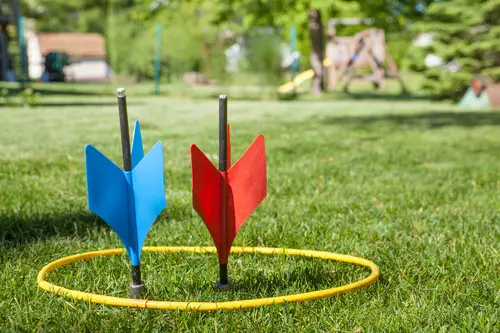
If you grew up in the ’70s or ’80s, chances are you or someone you knew had a set of lawn darts. These heavy, metal-tipped darts were thrown into the air and aimed at circular targets on the ground. Simple enough, right? Well, not exactly. The game was supposed to be for adults, but of course, kids got ahold of them—and unfortunately, injuries followed. In fact, there were several serious accidents, including fatalities, that eventually led to them being banned in the U.S. in 1988 shares Mental Floss.
But the U.S. wasn’t the only country that saw danger in this seemingly innocent backyard game. Lawn darts were banned in Canada, Australia, and parts of Europe too. Many of the bans came after pressure from safety advocates and grieving families. Even today, vintage sets are illegal to sell, though some folks still have them tucked away in garages or basements adds the Hustle Daily.
2. Kinder Surprise Eggs

To most of the world, Kinder Surprise Eggs are a sweet childhood treat—a chocolate egg with a tiny toy hidden inside. But in the U.S., these little surprises have been illegal for decades. The issue? That tiny toy inside is considered a “non-nutritive object” embedded in a food product, which violates FDA regulations. It’s all about choking hazards, even though most countries just put a warning label on the package and move on shares the Takeout.
Interestingly, it’s not that Americans never wanted them. In fact, countless travelers have had their Kinder Eggs confiscated at the border. Canada, the U.K., and nearly every European country still allow them, trusting that parents will supervise their kids. A modified version called Kinder Joy is now sold in the U.S., but it’s just not the same adds Chowhound.
3. Easy-Bake Oven (Purple Version)
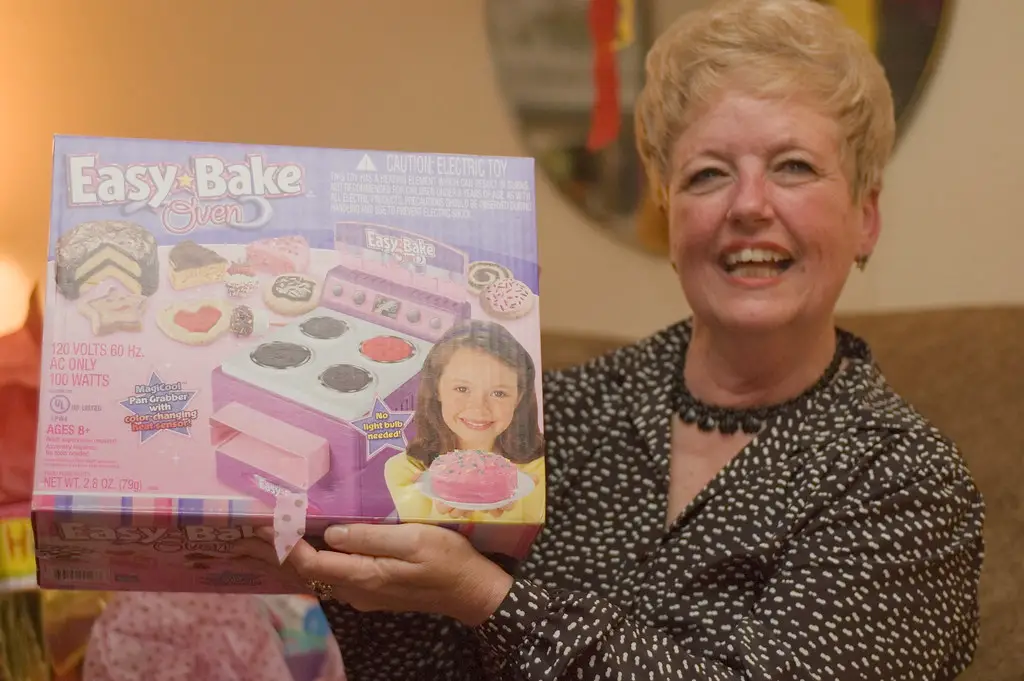
This one might surprise you, because the Easy-Bake Oven was a rite of passage for many kids. The original model used an actual incandescent light bulb to cook little cakes and brownies. But in 2007, a redesign using a heating element caused some serious safety concerns. Over 200 reports of children getting burned, and even one case of a young girl needing a partial finger amputation, led to a recall.
In Canada, the purple version of the oven was pulled from shelves as well. While the toy wasn’t outright banned in all countries, specific models were flagged as hazardous. The original concept still lives on in a safer form, but it was a rough patch for this nostalgic favorite. It’s a good reminder that even something as cozy as baking can have its risks when it comes to toys.
4. Sky Dancers
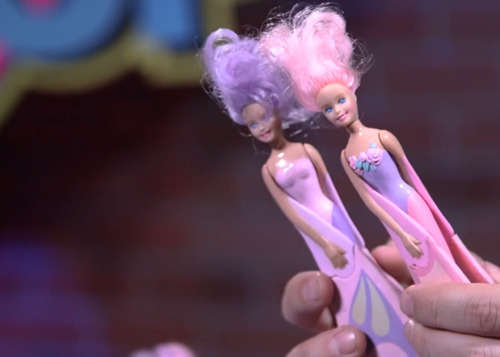
They looked like fairies, they twirled through the air, and they were one of the most popular toys of the mid-’90s. Sky Dancers were launched into the air with a pull-string base, and they fluttered and spun back down—sometimes gracefully, sometimes not so much. As enchanting as they seemed, they ended up sending several kids to the ER with eye injuries, facial cuts, and even broken teeth.
Eventually, more than 8 million of them were recalled in the U.S. in 2000. Canada and several European countries followed suit by removing them from stores or restricting sales. Many of the injuries came from the dolls flying unpredictably or being used indoors. Despite the danger, a lot of us remember them fondly and maybe even wish we still had one.
5. Aqua Dots
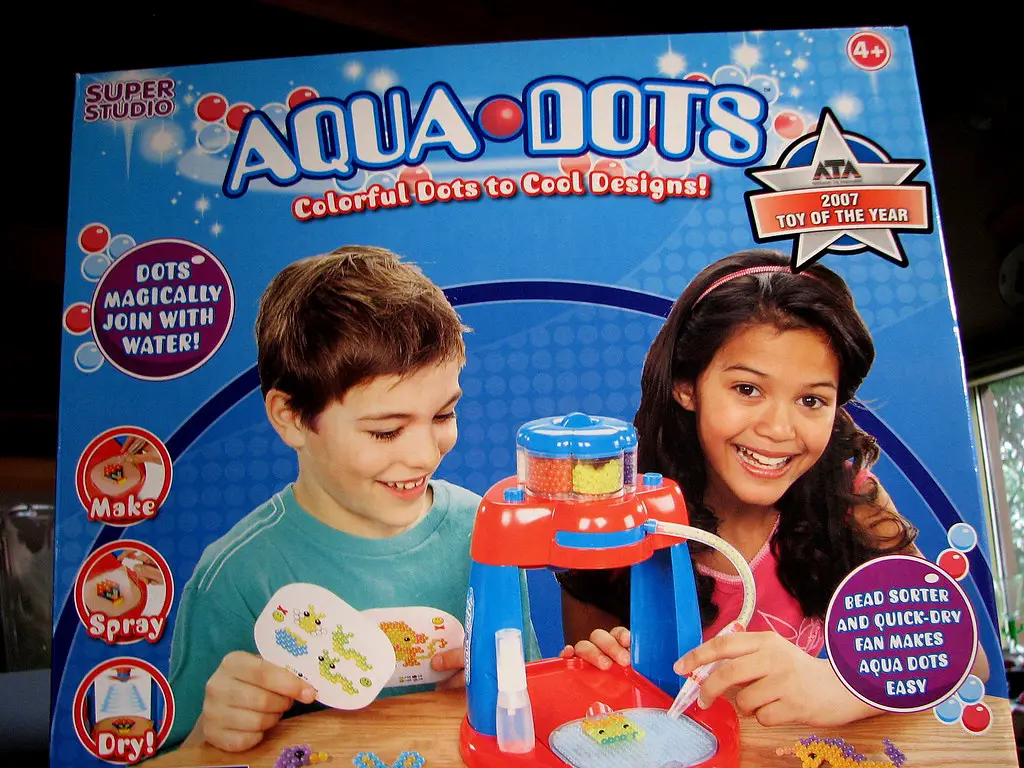
Aqua Dots were a colorful, artsy activity set that let kids create designs with tiny beads that stuck together when sprayed with water. The concept was fun and mess-free—until kids started getting sick. It turns out the beads contained a chemical that, when ingested, metabolized into GHB, also known as the “date rape drug.” Several children were hospitalized in the U.S. and Australia after swallowing the beads.
That discovery led to a massive recall and bans in multiple countries, including Australia and the U.K. It was a scary situation, especially because the toy had been marketed as safe and non-toxic. The product was eventually re-released under a new name, with a safer formula. But for many parents, the damage was done, and the trust was broken.
6. Hoverboards
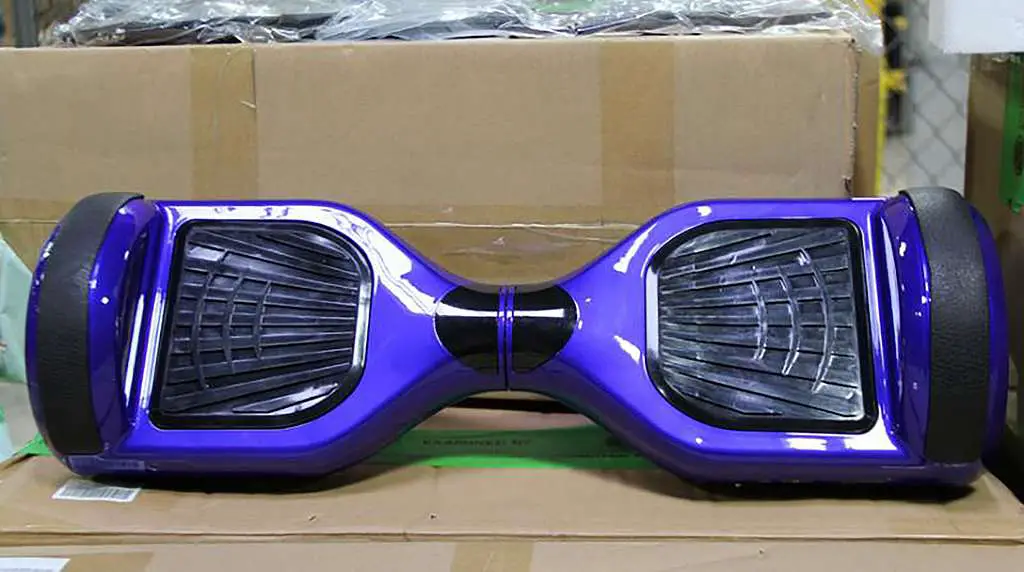
These two-wheeled, self-balancing scooters became a sensation almost overnight. Kids and adults alike were zooming around malls, parks, and sidewalks. But behind the futuristic fun was a serious problem: the lithium-ion batteries had a tendency to overheat and catch fire. There were reports of hoverboards exploding during charging and even while in use.
Several countries, including the U.K. and Australia, imposed bans or tight regulations. Airlines wouldn’t allow them on board, and entire cities started cracking down. The U.S. issued a sweeping recall in 2016, but not before dozens of fires were reported. Some companies have since fixed the safety issues, but many people still remember them as more of a hazard than a toy.
7. Magnetix
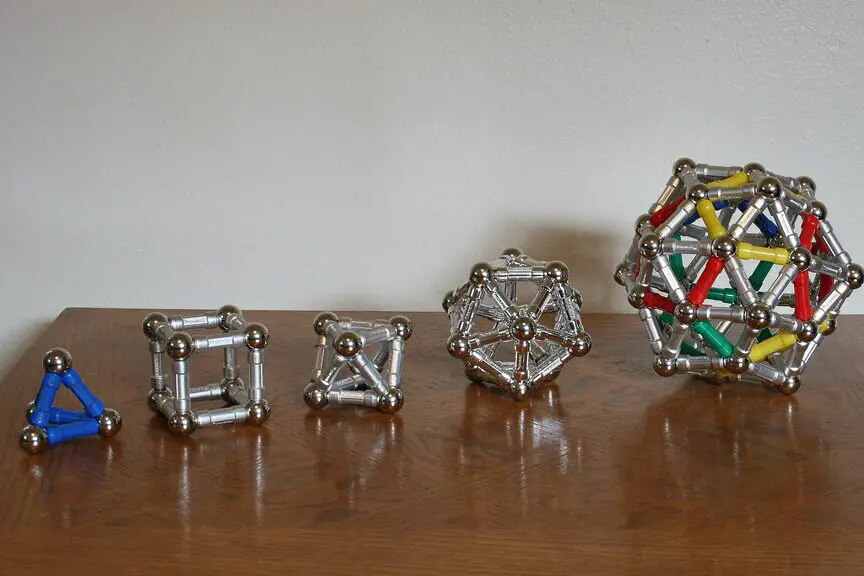
Building sets with tiny magnetic pieces can be fun, until you realize how dangerous they can be. Magnetix, released in the early 2000s, were colorful plastic rods and steel balls that clicked together magnetically. But the magnets inside sometimes came loose and could be swallowed by young children. When more than one magnet was ingested, they could attract each other through the intestinal walls, causing serious internal damage.
After one tragic death and dozens of injuries in the U.S., Magnetix faced a massive recall in 2006. Canada quickly followed with its own warning and removal from shelves. Even now, magnetic toys are under intense scrutiny in multiple countries. The concept lives on in other forms, but safety regulations are much stricter thanks to this terrifying case.
8. Slap Bracelets

In the late ’80s and early ’90s, slap bracelets were the accessory to have. You’d smack one against your wrist and it would instantly curl into place. They came in neon colors, animal prints, and glittery styles—everything a kid could want. But after a while, schools started banning them, and then countries took notice too.
Some cheaply made versions had metal that poked through the fabric and caused cuts and scrapes. Canada and a few European countries issued warnings or bans on the unsafe versions. In the U.S., they were mostly removed from schools rather than stores. Still, they made a huge comeback in recent years—just with a safer design.
9. Gilbert U-238 Atomic Energy Lab

Yes, you read that right—this toy lab actually included samples of real uranium ore. Marketed in the early ’50s, the Gilbert U-238 Atomic Energy Lab was supposed to teach kids about nuclear energy. It came with a Geiger counter, cloud chamber, and four different radioactive elements. As wild as it sounds now, it was seen as educational at the time.
It didn’t take long for concerns to crop up, especially overseas. Many European countries and even some U.S. scientists questioned the safety of handing radioactive materials to kids. Sales were poor and the product was pulled from shelves within a year. Today, it’s more of a trivia tidbit than a memory—but wow, what a moment in toy history.
10. Water Balz
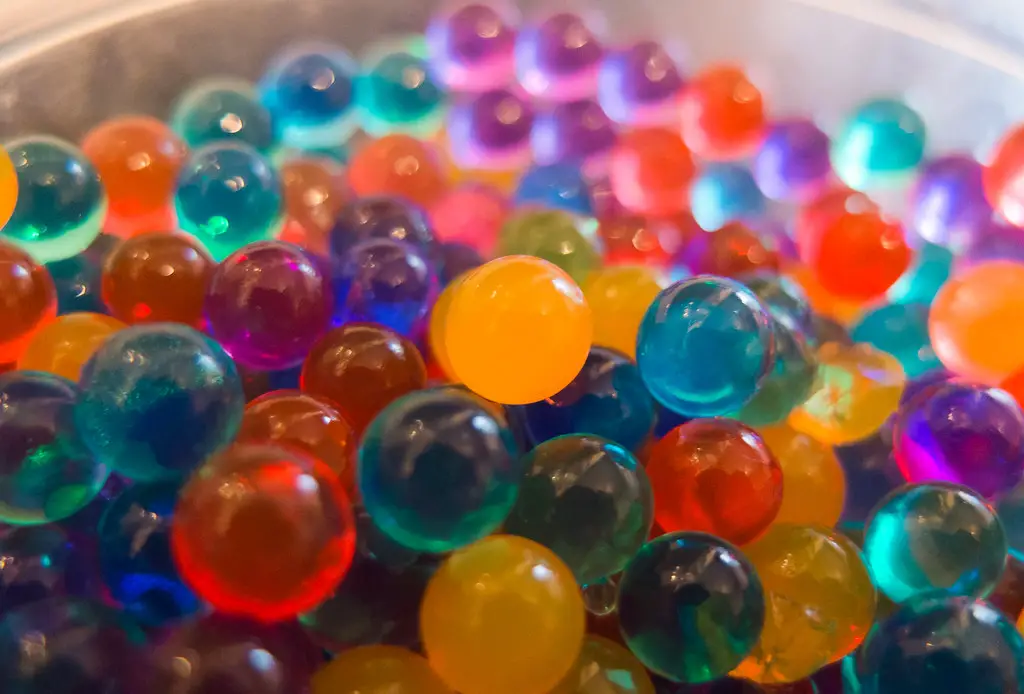
These colorful water-absorbing balls were about the size of a marble when dry and could expand up to 400 times their size in water. Kids loved them for sensory play or science experiments. But problems arose when curious children started swallowing them. Inside the body, the beads continued to expand, causing intestinal blockages and other medical emergencies.
The U.S. recalled Water Balz in 2012, and several countries, including Australia and France, issued their own bans or warnings. The danger wasn’t just in the size—it was in the toy’s appeal to toddlers, who loved the texture and bright colors. Doctors warned that even one bead could require surgery to remove. It was another case where something seemingly harmless turned risky in the wrong hands.
11. Snacktime Cabbage Patch Kids
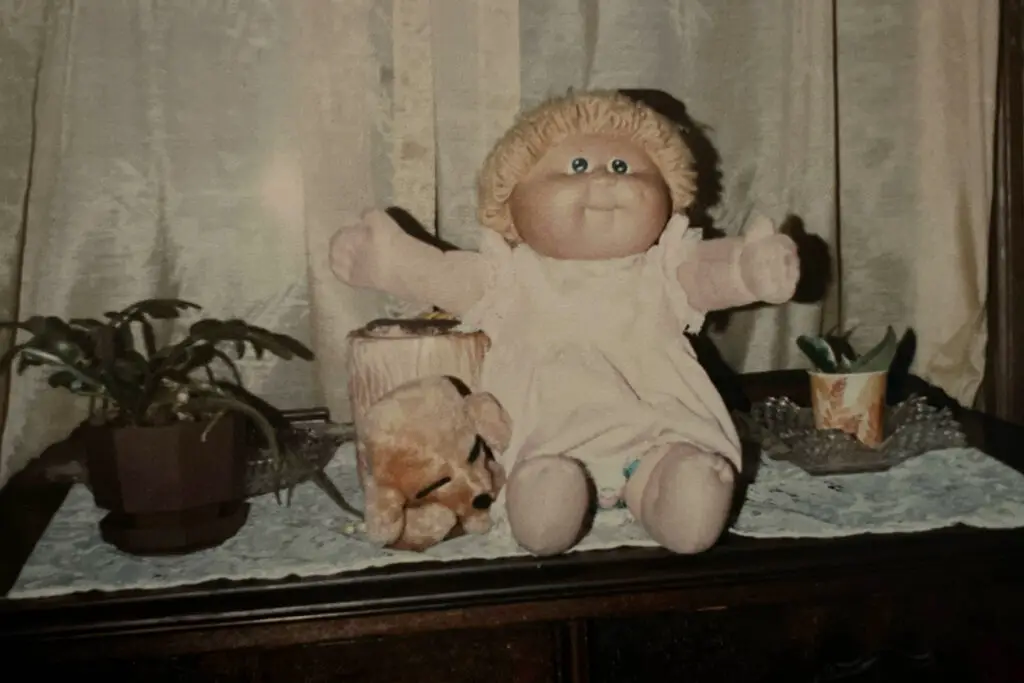
Cabbage Patch Kids were already a massive craze when the Snacktime edition was introduced in the mid-’90s. This doll had a motorized mouth that “ate” plastic snacks, pulling them in with its little mechanical jaw. Unfortunately, the doll didn’t know the difference between a carrot and a kid’s hair—or fingers. Reports of kids getting their hair or hands caught in the doll’s mouth started piling up quickly.
While it never bit hard enough to cause serious injuries, the doll didn’t stop once it started “eating,” which frightened kids and frustrated parents. The U.S. recalled the dolls in 1997, and other countries stopped importing them. It’s one of those weird toy stories that sounds like an urban legend—but it’s all too real. They’re rare now, but definitely memorable.
12. Creepy Crawlers (Original Version)
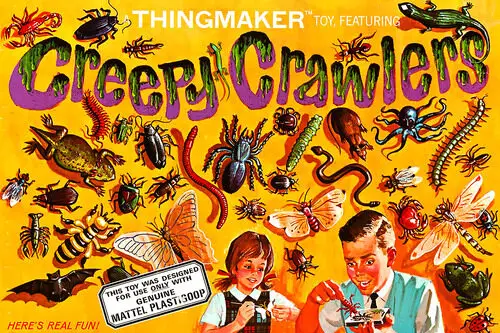
The original Creepy Crawlers set from the ’60s wasn’t just a toy—it was a full-on mini oven. Kids would pour colored “Plasti-Goop” into metal molds, then heat them up in what was basically a miniature open-faced hot plate. The results were slimy little bugs and critters that were equal parts gross and awesome. But with temperatures reaching over 300 degrees Fahrenheit, it was pretty easy to end up with burns if you weren’t careful.
The U.S. kept it going for a while, but other countries weren’t so keen. Safety regulations in places like the U.K. and Australia made the toy a no-go due to the heat risk and potential for injury. Later versions swapped out the open heat source for safer, child-friendly tech, but the thrill just wasn’t quite the same. Still, for kids who loved a little danger with their play, the original Creepy Crawlers kit was unforgettable.
